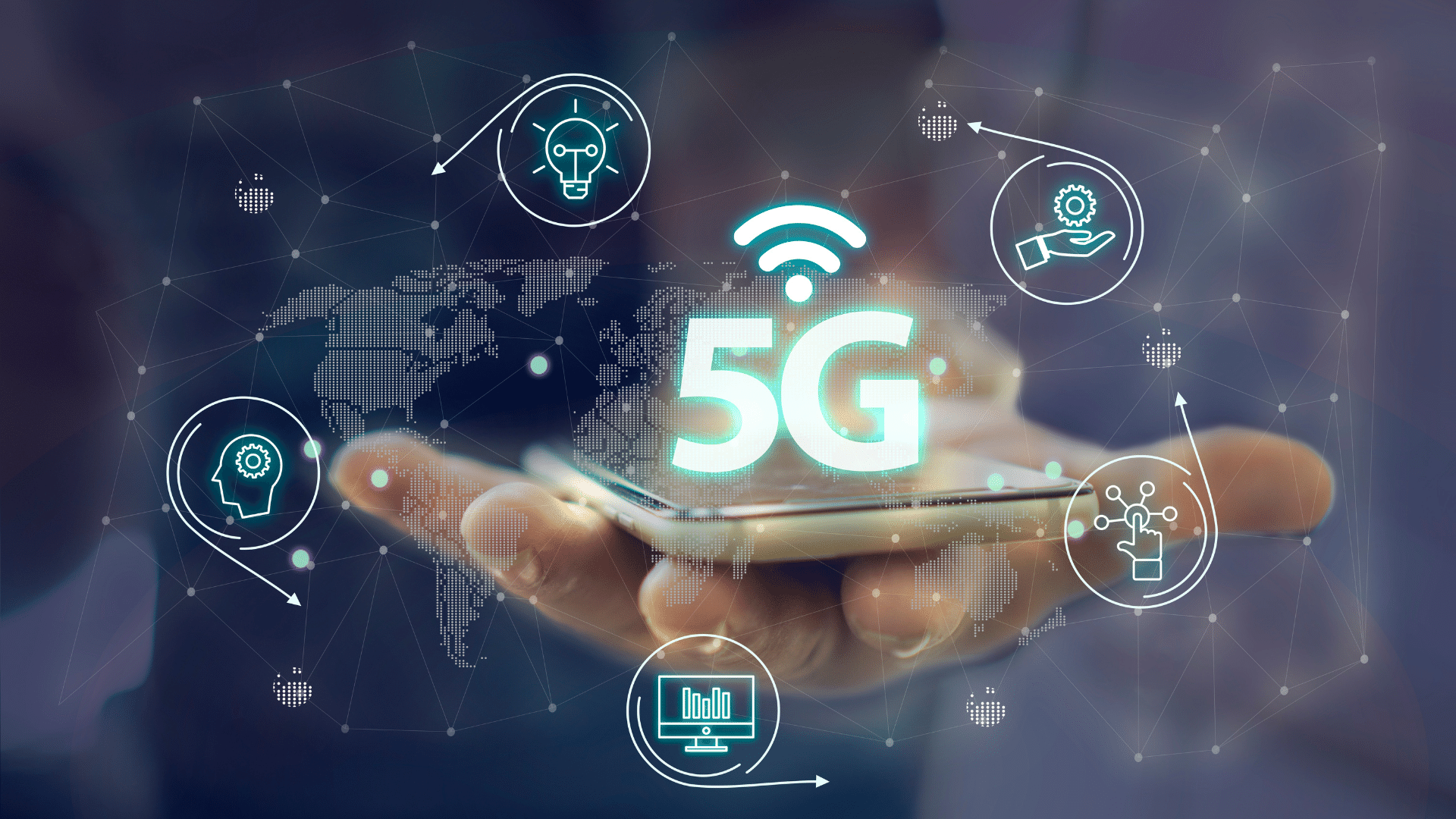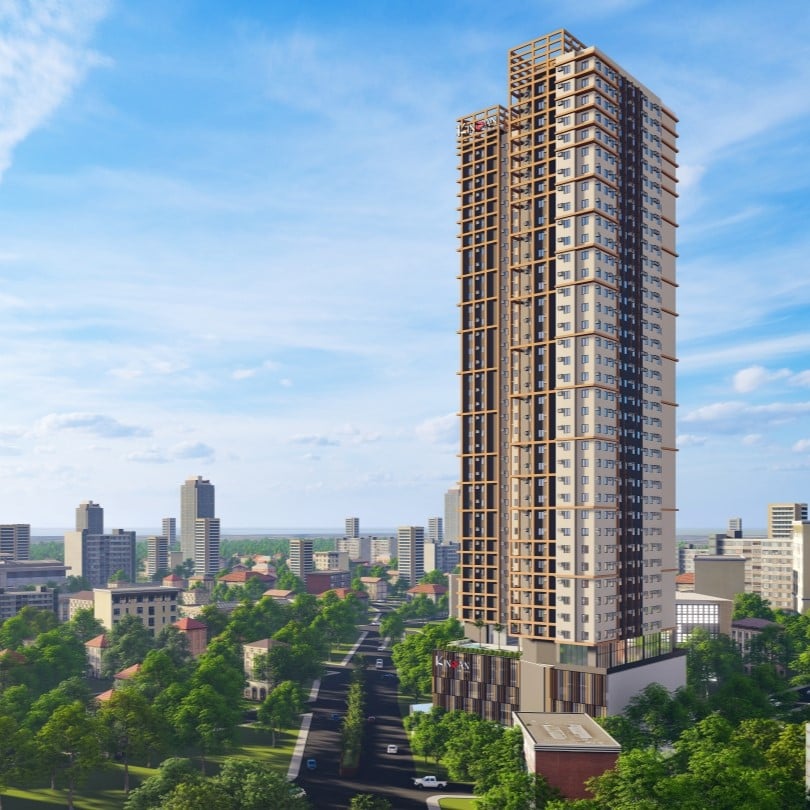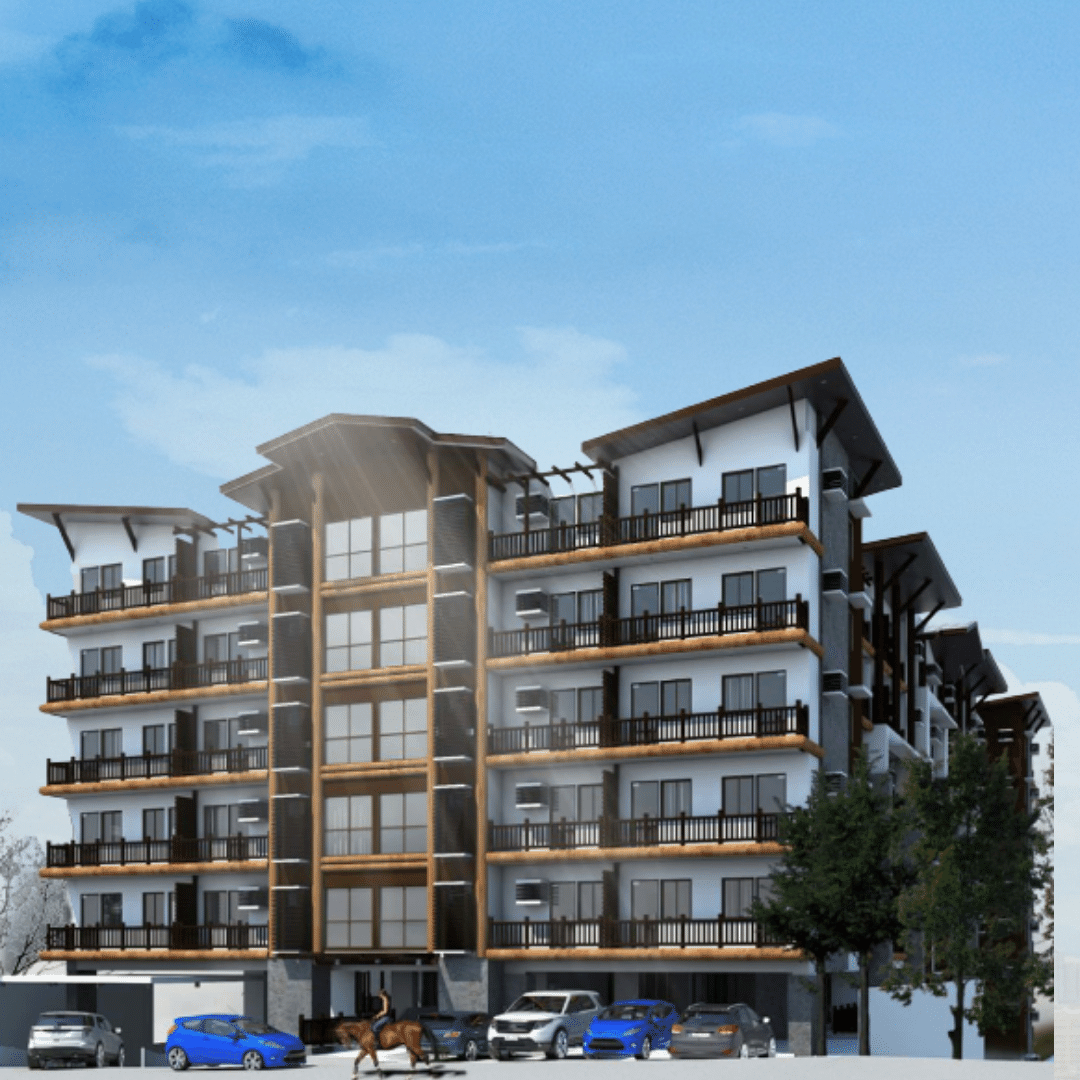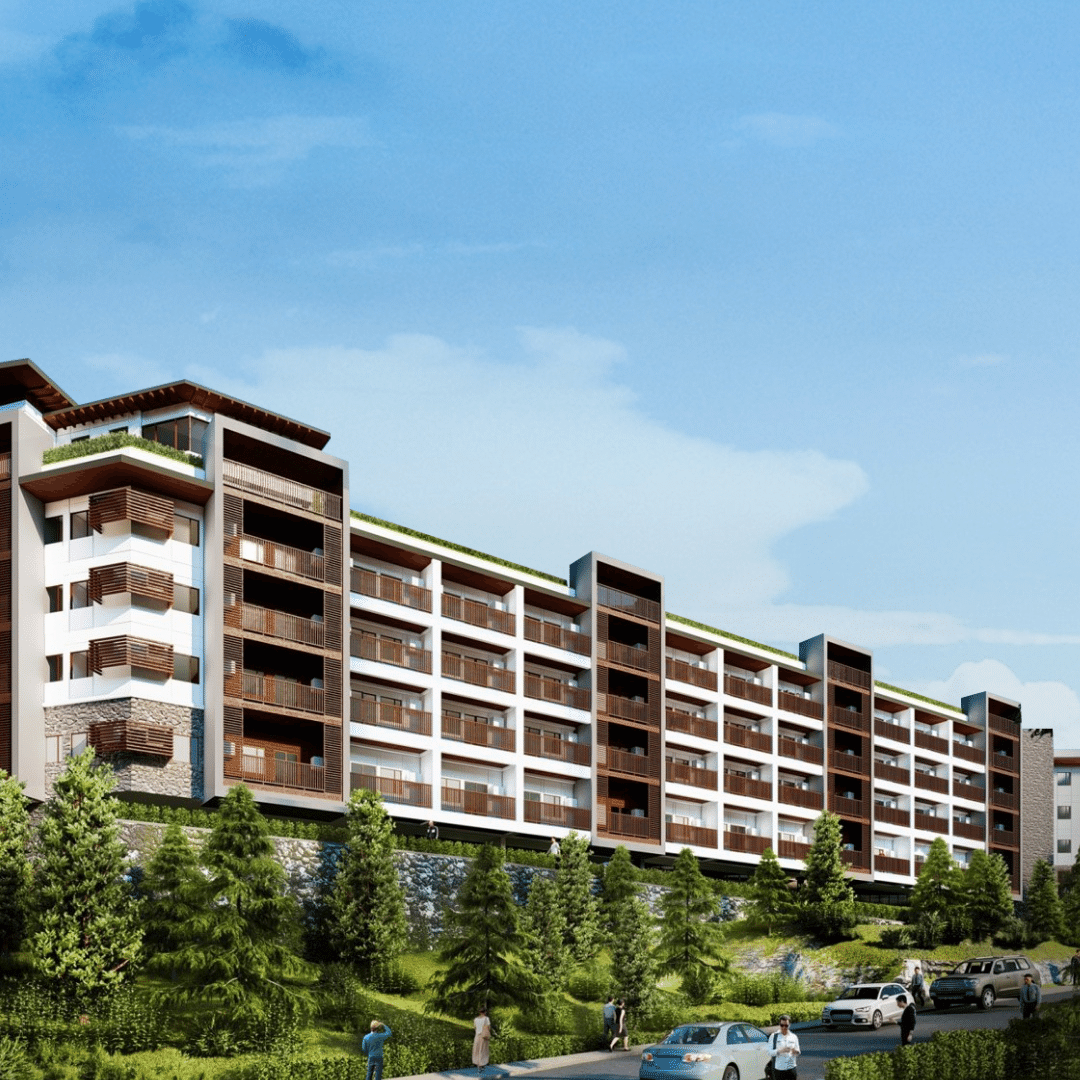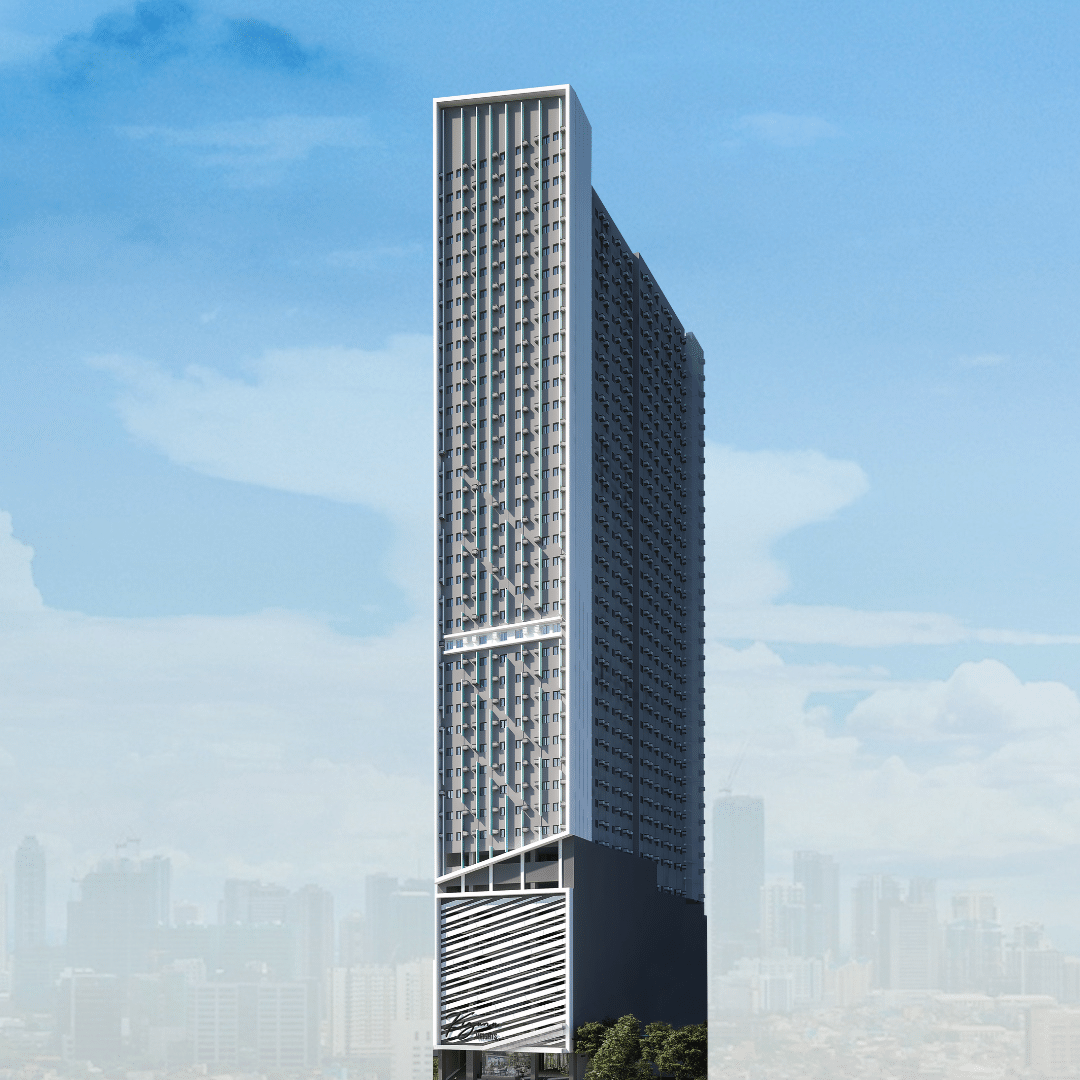Most of us knew about the 3G or 4G network through our mobile networks, but have you heard about the expansion for the 5G network? Read more to know about what the 5G network is all about.
What is the 5G Network?
Fifth-generation wireless (5G) is the most recent innovation of cellular technology, designed to significantly improve the speed and responsiveness of wireless networks. Data transmitted over wireless broadband service can now travel at multigigabit speeds, with an estimate of putting peak speeds as high as 20 gigabits per second (Gbps). These speeds outperform wireless network speeds and have a latency of 1 millisecond (ms) or less, making them ideal for applications that require real-time feedback. Due to the increased available bandwidth and advanced antenna technology, the 5G network will enable a significant increase in the amount of data transmitted over wireless systems.
Difference of 5G network to the previous generation of mobile networks
The data transmission speed and encoding methods of each iteration of cellular technology differ, requiring end users to upgrade their devices.
The first generation is also known as the 1G network. First introduced in the 1980s, this network is delivered through an analog device. Meanwhile, the second generation or the 2G network were generated the first digital voice in the early 1990s. The third generation or the 3G network brought the mobile data. On the other hand, the 4G network was used for the expansion of mobile broadband.
4G can support up to 2 Gbps and is steadily increasing in speed. 4G offered up to 500 times the speed of 3G. 5G has the potential to be 100 times faster than 4G.
5G is a more capable, unified air interface. It has been built with the capability of enabling next-generation user experiences, empowering new deployment models, and delivering new services.
How does the 5G network work?
Wireless networks are made up of several cell sites that are divided into sectors that transmit data via radio waves. Long-Term Evolution (LTE) wireless technology of the fourth generation (4G) serves as the foundation for 5G. Unlike the 4G, which requires huge, greater cell towers to transmit signals over extended distances, 5G network signals are sent through a huge number of small cell stations located in places such as power poles or building rooftops. The use of many small cells is required because a millimeter-wave (MM wave) spectrum is a band between 30 and 300 gigahertz (GHz) on which a 5G network relies to generate super speed—can only travel short distances and is susceptible to interference from weather and physical obstacles such as buildings or trees.
Another, more feasible approach to building a national 5G network is to use a mix of high-, medium-, and low-band frequencies. In densely populated areas, MM waves may be used, while low- and mid-band access points may be used in less densely populated areas. Low-band frequencies can move farther and through more objects. A single low-band 5G node can maintain a connection to a 5G-enabled device for hundreds of miles. This means that deploying all three bands will provide blanket coverage while also providing the highest speed in the most heavily trafficked areas.
5G download speeds are now capable of exceeding 1,000 megabits per second (Mbps) or even 2.1 Gbps. To illustrate, a user could start a 1080p YouTube video on a 5G device without it buffering. Downloading an app or an episode of a Netflix show, which can currently take several minutes, can now be done in a matter of seconds. Wirelessly streaming 4K video becomes much more feasible as well.
If you want to use the network, you'll need to upgrade to a new smartphone that supports 5G.
There are various new mobile phones that enable 5G, and the 5G wireless network is supported by multiple carriers throughout the world. More smartphones and carrier subscriptions will become accessible as the 5G rollout schedule progresses. 5G compatible devices will be more available and out in different parts of the world.
Uses of 5G Network
From corporate and enterprise to more casual consumer use, 5G has a wide range of applications. The following are some examples of how 5G can be used:
- In an internet of things (IoT) setting, communication between devices
- Wireless services that are fixed
- High-definition video streaming
- Connection with a short delay
- More precise tracking of location
- Enhanced real-time analytics capability
When asked about who has the best 5G network in the world, no doubt, it’s South Korea. According to speedtest.net, a web service that provides free analysis of internet performance globally. It is said that during Q3 of 2021, South Korea had the fastest median download speed via 5G, beating out Norway, the United Arab Emirates, Saudi Arabia, Qatar, Kuwait, Sweden, China, Taiwan, and New Zealand.
State of 5G Network in the Philippines
In the Philippines, there are several mobile network providers that are now expanding to 5G networks. A powerful and extensive digital network that can roll out improvements like 5G technology can help Filipinos solve their everyday challenges and is critical to a long-term digital future. As a result, a Philippine network provider continues to improve and modernize its network rapidly. To boost the digital productivity of its 84 million users, the business has updated 92.5 percent of its cell sites to 4G LTE. Furthermore, the corporation has nearly 1,700 5G locations around the country, including the National Capital Region, Cebu, Bacolod, Iloilo, Boracay, Davao, Cagayan de Oro, Zamboanga, and General Santos City. There will be more 5G locations in the future.
5G is now available in more than 60 countries. In comparison to 4G, we are witnessing considerably faster rollout and adoption. The high speeds and low latencies have piqued the interest of consumers. However, 5G goes beyond these advantages by enabling mission-critical applications, improved mobile broadband, and enormous IoT. While it's difficult to say when everyone will have 5G, we're seeing a lot of 5G launches in the first year, and we expect more countries to deploy 5G networks in the coming years. Now, the question is, would you like to switch to a 5G network? If yes, it is available and possible!
If you are thinking of moving into a new condominium, check out Vista Residences!
Vista Residences is the condominium arm of the country’s largest homebuilder, Vista Land & Lifescapes, Inc. that offers ready for occupancy and pre-selling condominium projects in Manila, Makati, Mandaluyong, Quezon City, Ortigas, Baguio, Cebu, and CDO that are strategically located within major cities, in close proximity to premium universities, transit-oriented locations, and developed business districts.
For more information on Vista Residences, email [email protected], follow @VistaResidencesOfficial on Facebook, Twitter, Instagram, and YouTube, or call the Marketing Office at 0999 886 4262 / 0917 582 5167.
